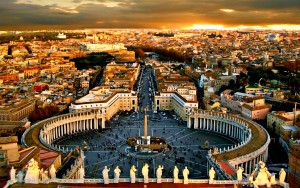Contemporary Spain has overcome civil war and fascism in the 20th century. The land is equipped with rich history of grandeur and entirely differs from the rest of the European continent. Carthaginians and Romans fought over it, Arabs conquered it and the Catholic monarchs converted it into the most powerful empire in the world with the discovery of America.
King Felipe II unified the Spanish territory and lands which include the Philippines, America, Portugal, the Netherlands, Italy, and some of the present day Germany.
Culture
Spanish culture like the rest of other European cultures is largely based on diverse historical influences mainly that of Ancient Rome, and also of the pre-Roman Celtic and Iberian culture, as well as of the Phoenicians and the Moors.
The exotic land is famous for flamenco music and dance, stunning beaches, and lots of good sunshine. Being one of the cultural centers of Europe, the locals always say, “Spain is different” because of its extraordinary rich and artistic heritage.
Their iconic artists during the Golden Age were Toledo-based El Greco and Diego Velasquez. It is also the birthplace of Francisco de Goya, Spain’s most prolific painter in the 18th century. During the 20th century, the art world was dominated by a remarkable group of fine, Spanish artists in the likes of Pablo Picasso, Juan Gris, Joan Miro, and Salvador Dali who were also the ambassadors of the artistic culture in Spain.
Spain’s architecture ranges from pre-historic monuments built in Minorca situated in the Balearic Islands, to the Roman ruins of Merida and Tarragona. It also boasts of Gothic cathedrals, fancy castles, and amazing monuments, and Gaudi ‘s fabulous and chic sculpture in Barcelona.

